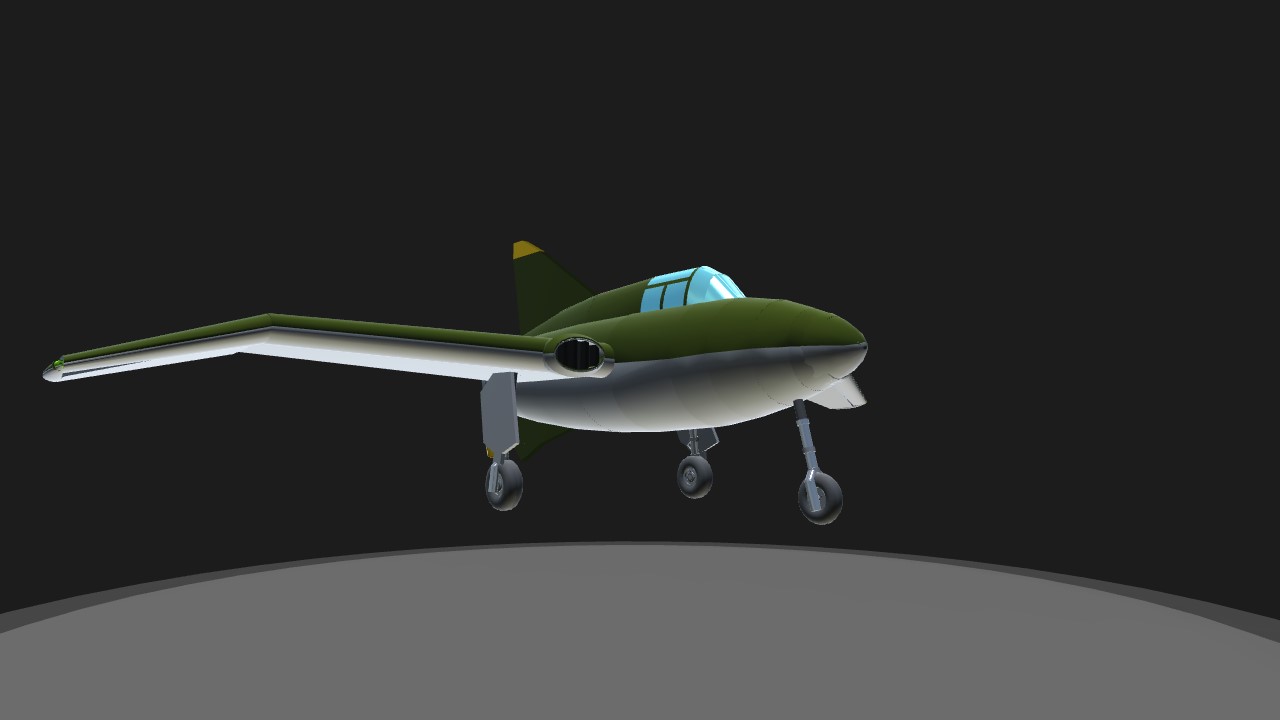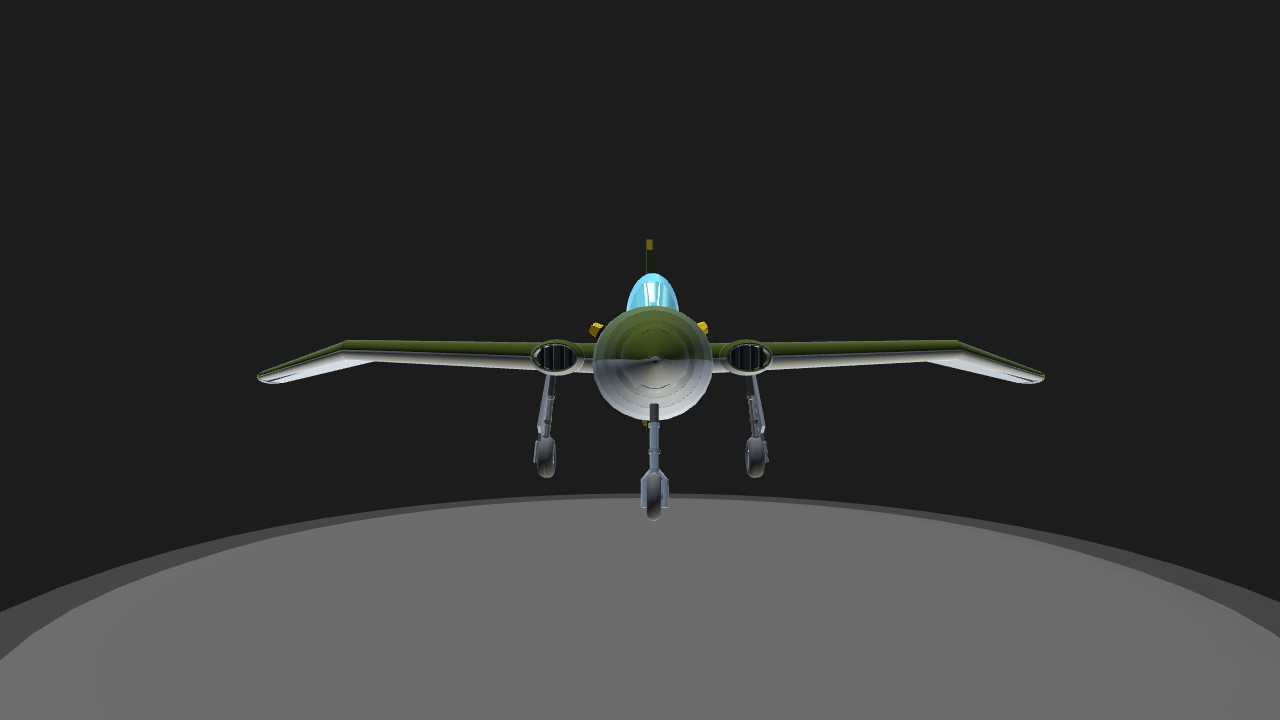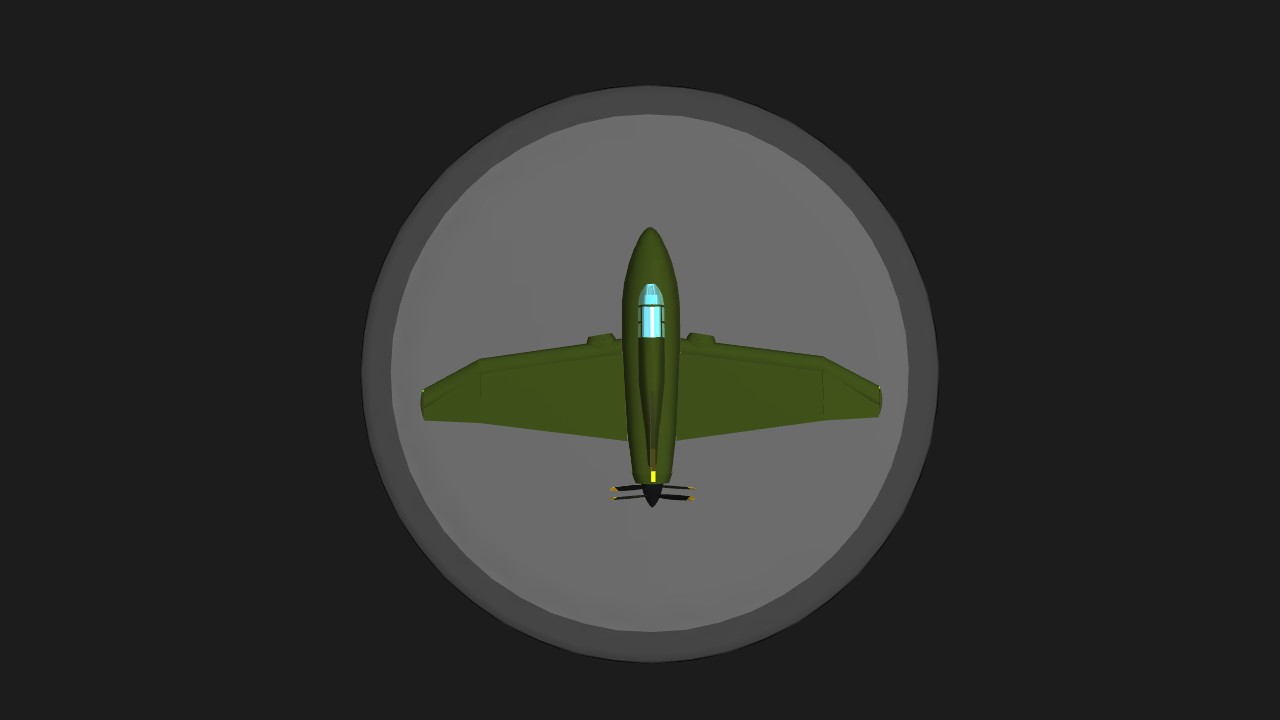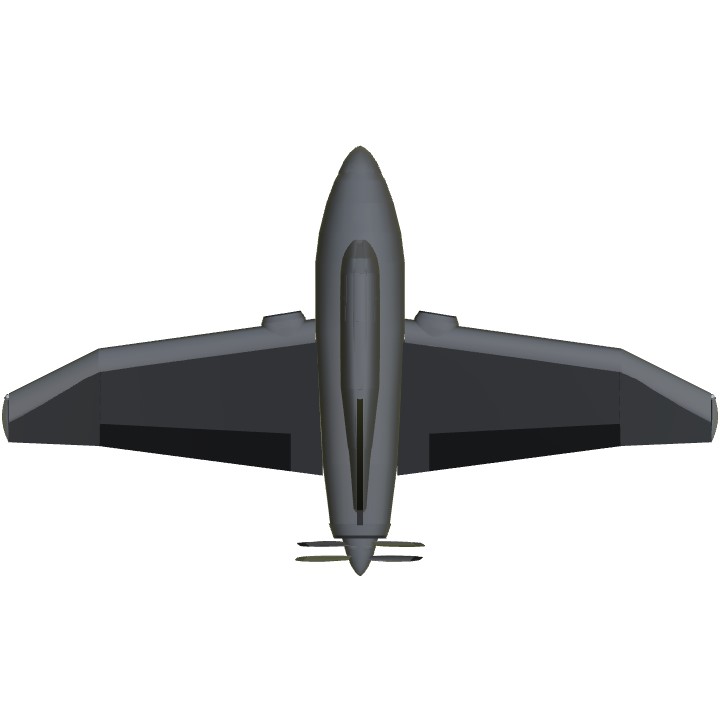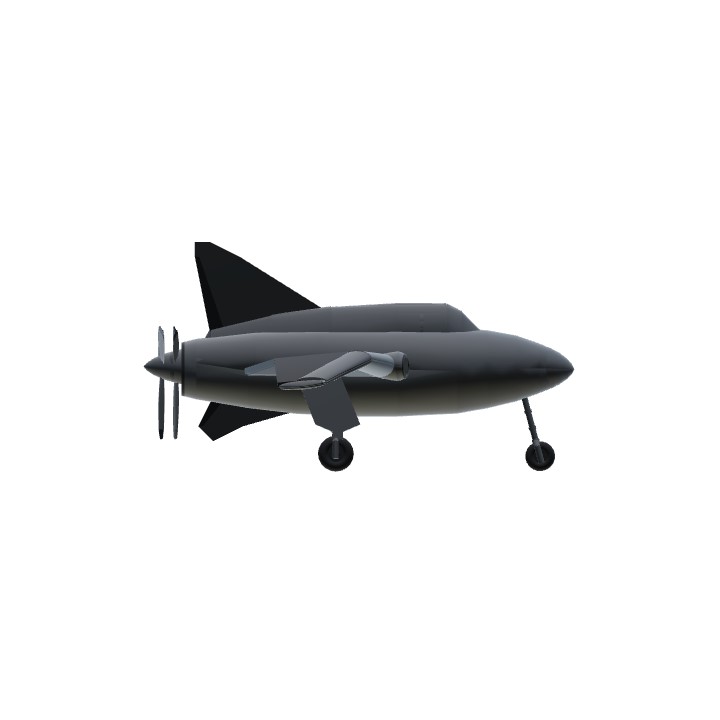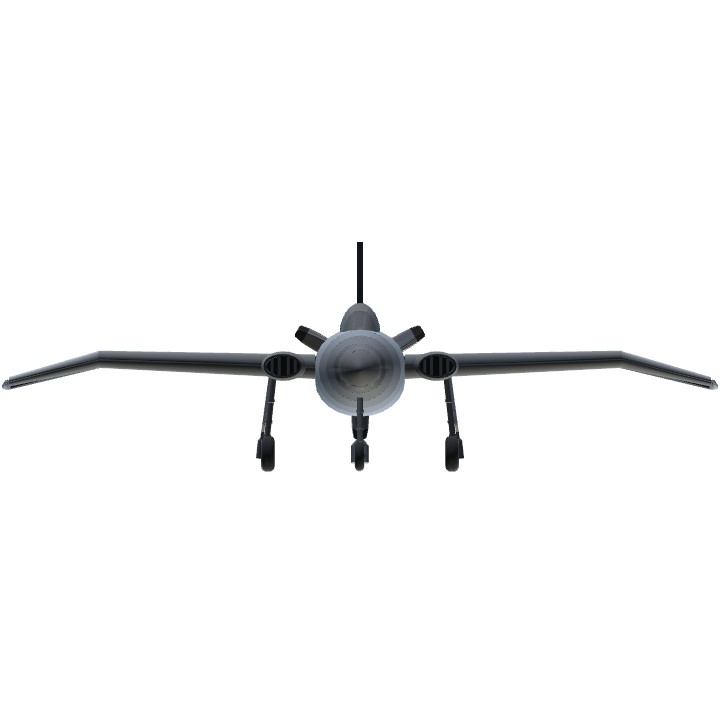For reasons that remain obscure, the Northrop XP-56 (first prototype natural metal, second olive drab) was nicknamed the ‘Black Bullet’. It certainly resembled a bullet but lacked the projectiles speed or direction. The first prototype had almost no vertical fin, and relied on it’s underfin more to protect the propeller than to provide stability. This arrangement, of course, was inadequate. Nose heaviness was corrected but quickly became tail heaviness. During a fast taxi run the aircraft blew a tire, somersaulted and threw test pilot John Meyers out. He was saved by his polo helmet and the second prototype was fitted with a vertical fin. With a 1492W (2000hp) engine, one thing the XP-56 was not was underpowered, but it proved to be slower than expected. The intended X-1800 water-cooled engine had been cancelled and the substituted air-cooled radial was not the most suitable for a pusher layout. Fuel consumption was excessive and while waiting to conduct wind-tunnel tests, the project was cancelled. The XP-56 proved little except it was possible to weld magnesium for use in an aircraft structure. The aircraft was designed to carry two 20mm (0.79in) cannon and four 12.7mm (0.50in) machine guns in the nose, but neither prototype had this armament fitted. The second XP-56 survived the mass scrapping of aircraft at the end of World War II and is now in the possession of the Smithsonian Institution, being stored at the facility in Sutland, Maryland.CREW: 1POWERPLANT: ONE 1492KW (2000HP) PRATT & WHITNEY R- 2800-29 RADIAL PISTON ENGINE MAX SPEED: 748 KM/H (465MPH)
Specifications
General Characteristics
- Created On iOS
- Wingspan 39.5ft (12.1m)
- Length 23.8ft (7.2m)
- Height 12.7ft (3.9m)
- Empty Weight 10,432lbs (4,732kg)
- Loaded Weight 13,445lbs (6,098kg)
Performance
- Power/Weight Ratio 0.167
- Horse Power/Weight Ratio 0.148
- Wing Loading 35.9lbs/ft2 (175.3kg/m2)
- Wing Area 374.4ft2 (34.8m2)
- Drag Points 5879
Parts
- Number of Parts 170
- Control Surfaces 10
- Performance Cost 661

